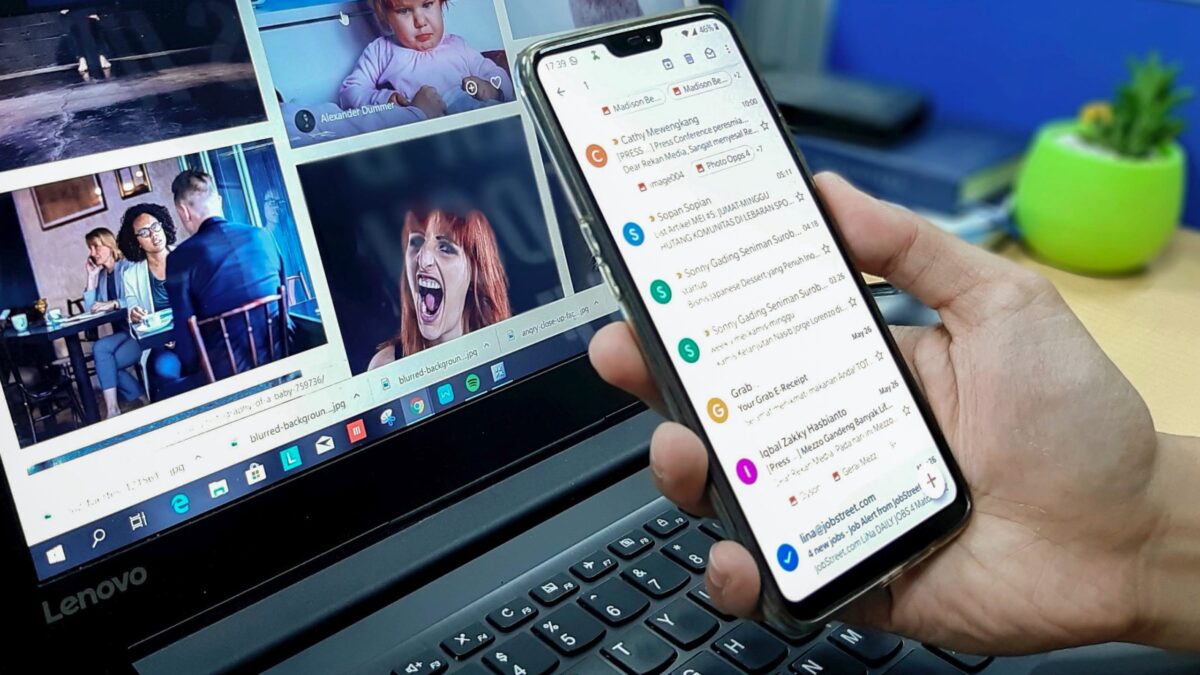
“The value of reading body language is like possessing the keys of influence to unlock someone’s mind, by gaining unguarded access to their hidden thoughts.” –Greg Williams, The Master Negotiator & Body Language Expert
You can gain the value of influence in negotiations by reading body language accurately.
Momma told me not to run. Don’t move too quickly! You might miss something right in front of you. No, that’s not an oxymoron. Such were the wise words then and now related to the value of reading body language to gain insight and influence in negotiations.
Take the following insight I gained from my mother on just that topic.
I recall a time when I was 17; I’d saved my money to buy an advertised car I saw at a dealership. My mother and I went to the dealership only to find out that the car had just been sold. The salesperson said ‘not to worry’, as he showed us another car; it cost slightly more than the original car that was advertised.
My mother attempted to get a lower price for the car, but the salesperson only budged a little and wouldn’t go any lower after that. He said that was his best price. After sparring in several negotiation sessions after that, my mother got up to leave; I was dejected, dispirited, and disappointed at not getting a car, and it showed on my face. The salesperson looked at my face and said to my mother, “You don’t want to disappoint your son, do you?” To which my mother replied, “You’d be the one disappointing him. He came here on good faith to buy the car you advertised. Now, you’re telling us the car was just sold (defiant look of disbelief). How does that sound to you? Would you want someone to do that to your son or daughter?” The salesperson replied, with a fallen-face, “You can have the car at the same price as the one advertised.”
Is was at that moment that I observed the effect that body language could have on a negotiation, along with how to utilize a negotiation strategy based on the body language being discussed. With one-fell-swoop, my mother turned the body language strategy the salesperson attempted to use on us (i.e. my sadness/disappointment) against him and into one of reflection. She did so by invoking fairness when she asked the salesperson if he’d like that dejected feeling I was displaying thrust upon one of his kids. She went deeper into his emotional psyche when she implied, with added emphasis via her body language, the disbelief she possessed that the advertised car had just been sold. Note that she didn’t confront him by saying so, she let her body language speak for her.
From the time two people shake hands at the start of a negotiation, they’re negotiating. Actually, they started negotiating before they reached the formal negotiation via any communications they’ve had. That occurs even if it was in the form of one person gathering information about the other and developing strategies based on what was gleaned.
If you wish to gain influence in your negotiations, learn to read body language more accurately. You see and sense the appropriate times to employ negotiation strategies, based on the body language signals you see. Once you add reading body language to your negotiation rapport, you’ll become a more dynamic negotiator … and everything will be right with the world.
Remember, you’re always negotiating!




